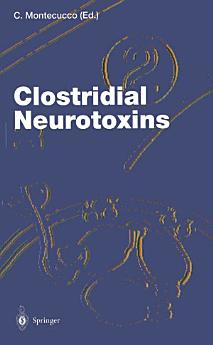Clostridial Neurotoxins: The Molecular Pathogenesis of Tetanus and Botulism
Cesare Montecucco
2013年11月 · Current Topics in Microbiology and Immunology 第 195 冊 · Springer Science & Business Media
電子書
280
頁
report評分和評論未經驗證 瞭解詳情
關於本電子書
Tetanus has been known from the very beginning of medical literature since it was first described by Hyppocrates of Cos in the fifth century B.C. For 24 centuries it was considered a neuro logical disease until the breakthrough of CARLE and RATIONE (1884) who demonstrated its infectious etiology. Following the establishment of purified cultures of Clostridium tetani(KITASATO 1889), FABER (1890), and TIZZONI and CATIANI (1890) demon strated that the disease is actually an intoxication caused by a proteic neurotoxin. This toxin was shown by BRUSHCHETIINI (1892) to move retroaxonally and to act at the spinal cord level. Soon thereafter VAN ERMENGEN (1897) demonstrated that botu lism is also due to intoxication with a protein toxin produced by bacteria of the genus Clostridium. These bacteria and their spores and ubiquitous, and the majority of them do not produce neurotoxins. The selective advantage of producing such potent toxin is still a matter of speculation (see Popoff, this volume). The next major advance was the discovery that tetanus neurotoxin 1 can be converted by formaldehyde treatment to a nonpathogenic but still fully immunogenic form, and that this can be used successfully as a vaccine to prevent tetanus (RAMON and DESCOMBEY 1925). Similar vaccines (toxoids) can be prepared with botulism neurotoxins (see MiDDLEBROOK and BROWN, this volume). The prevention oftetanus by vaccination (see Galatzka and Gasse, this volume) is one of the great successes of basic research coupled with an efficient public medicine service.
為這本電子書評分
歡迎提供意見。
閱讀資訊
智慧型手機與平板電腦
筆記型電腦和電腦
你可以使用電腦的網路瀏覽器聆聽你在 Google Play 購買的有聲書。
電子書閱讀器與其他裝置
如要在 Kobo 電子閱讀器這類電子書裝置上閱覽書籍,必須將檔案下載並傳輸到該裝置上。請按照說明中心的詳細操作說明,將檔案傳輸到支援的電子閱讀器上。







